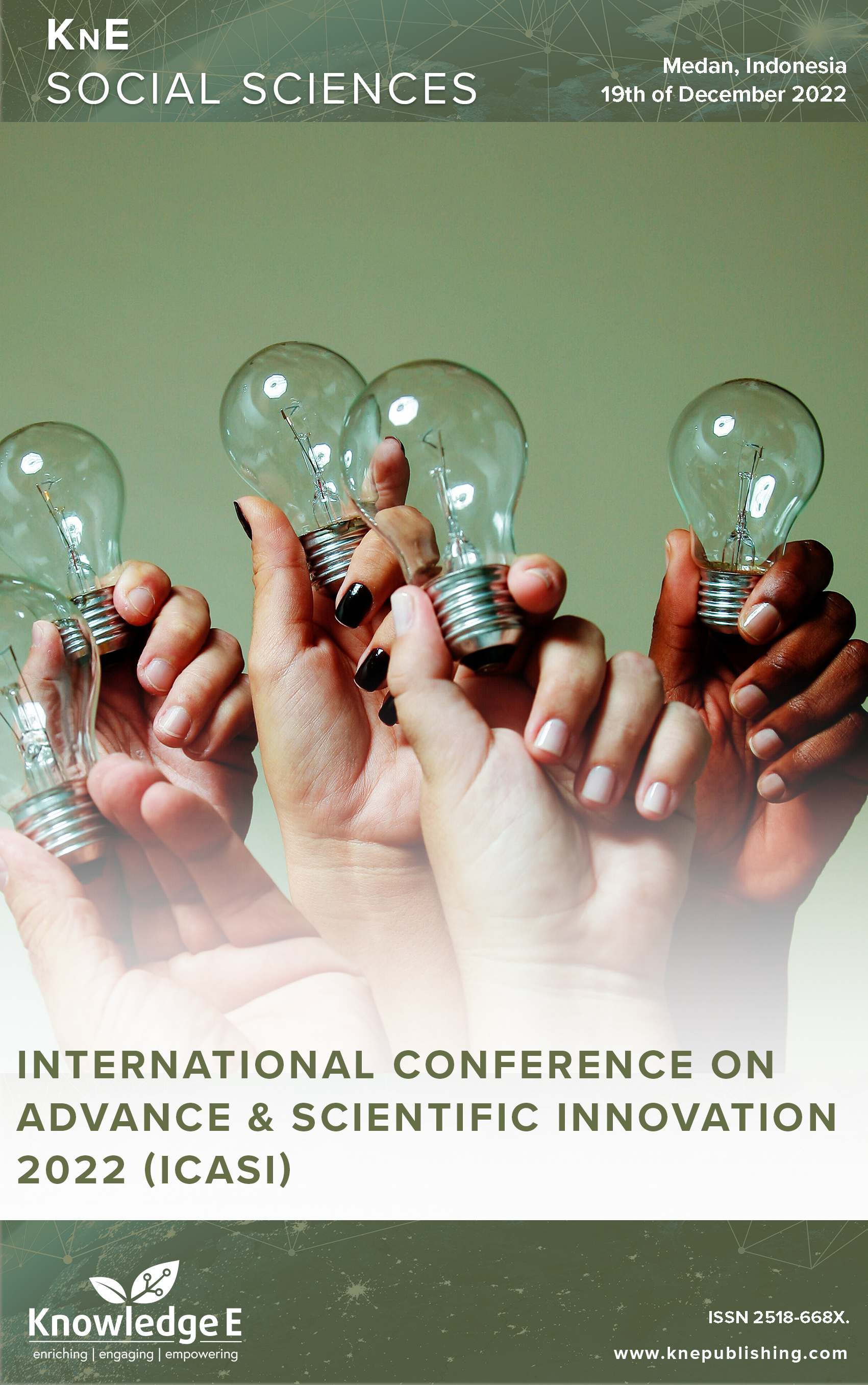A Description of Clean Water Facilities and Family Latrines in the Sanggona Public Health Center Area, Uluiwoi District, East Kolaka Regency
DOI:
https://doi.org/10.18502/kss.v8i9.13347Abstract
Environmental sanitation prioritizes the prevention of environmental factors to avoid negative environmental impacts such as diseases. This study used a descriptive quantitative method to describe access to clean water facilities and family latrines supported by secondary data from the Sanggona Public Health Center, Uluiwoi District, East Kolaka Regency. The results of this study indicated that the types of clean water facilities used in the working area of Sanggona Public Health Center consisted of wells, drilled wells with pumps, and non-processing piping. Of the clean water facilities examined, most of the conditions of clean water facilities (94.7%) had a low level of pollution risk. Some of the conditions of clean water facilities (5.3%) in dug wells were still in the medium category at contamination risk level. The respondents in the family latrine conditions who were in the Sanggona Public Health Center area, had gooseneck latrines, and met the sanitation requirements were 738 houses (97.6%). The family latrines category respondents who still needed to meet the criteria were those with cemplung latrines, namely 18 homes (2.4%). As a suggestion, with the existence of a small number of clean water facilities that still have a moderate risk of contamination, namely dug wells, the community should make repairs and pay attention to dug well facilities that still have a chance of contamination, especially the distance to the disposal site (septic tank), which is close to clean water facilities and do not meet health requirements. Furthermore, socialization/counseling activities are needed to provide knowledge and encourage the community to improve community latrines that do not meet the criteria.
Keywords: Family Latrines, Clean Water Facilities, Sanggona Public Health Center
References
[2] Annisa C, Susilawati, Gambaran Sanitasi Lingkungan Terhadap Sarana Air Bersih dan Jamban Keluarga di Kelurahan Sukaraja. J. Kesehat. Masy. 2022;01(01).
[3] Eliana and S. Sumiati. Kesehatan Masyarakat (Cetakan 1). Jakarta: Pusdik SDM Kesehatan Kemenkes RI; 2016.
[4] Kementerian Kesehatan RI. Profil Kesehatan Indonesia Tahun 2021. Jakarta, 2021.
[5] Badan Pusat Statistik, Statistik Kesejahteraan Rakyat, 2021.
[6] Badan Pusat Statistik, Statistik Indonesia, 2022.
[7] Rizkiyanto M. Pengaruh Ketersediaan Sarana Sanitasi Dasar dan Status Rawan Banjir Terhadap Kejadian Diare (Studi Kasus di Wilayah Kerja Puskesmas Mangkang Kota Semarang Tahun 2014). Universitas Negeri Semarang; 2015.
[8] Badan Pusat Statistik Kolaka Timur. Kecamatan Uluiwoi dalam Angka. 2022.
[9] Puskesmas Sanggona. Data Sekunder 2022.
[10] D. Mahyudin , Dkk. Hubungan Penggunaan Sarana Air Bersih dan Jamban Keluarga dengan Kejadian Schistosomiasis di Kecamatan Lindu. J. Hig. 2017;3(3).
[11] Rahman A, Tosepu R, Karimuna SR, Yusran S, Zainuddin A, Junaid J. PERSONAL HYGIENE, SANITATION AND FOOD SAFETY KNOWLEDGE OF FOOD WORKERS AT THE UNIVERSITY CANTEEN IN INDONESIA. Public Heal. Indones. 2018;4(4):154–61
[12] Mery F, Dewi RR. “Faktor-Faktor yang Berhubungan dengan Kepemilikan Jamban Sehat Oleh Rumah Tangga di Indonesia,” J. Mhs. dan Penelit. Kesehat. 2020;7(1):1– 15.

